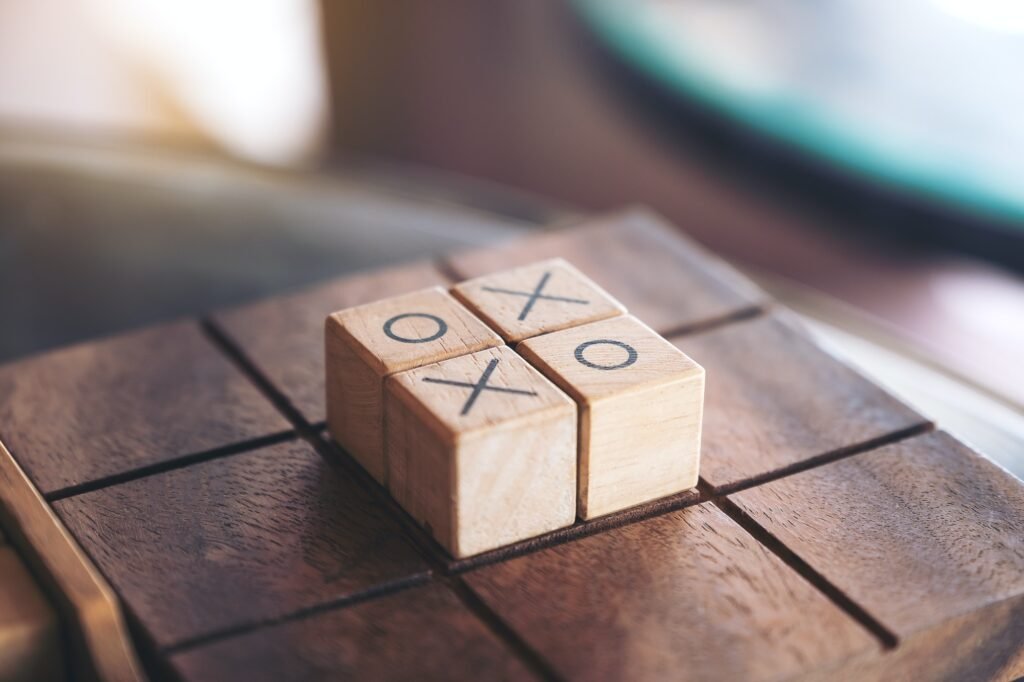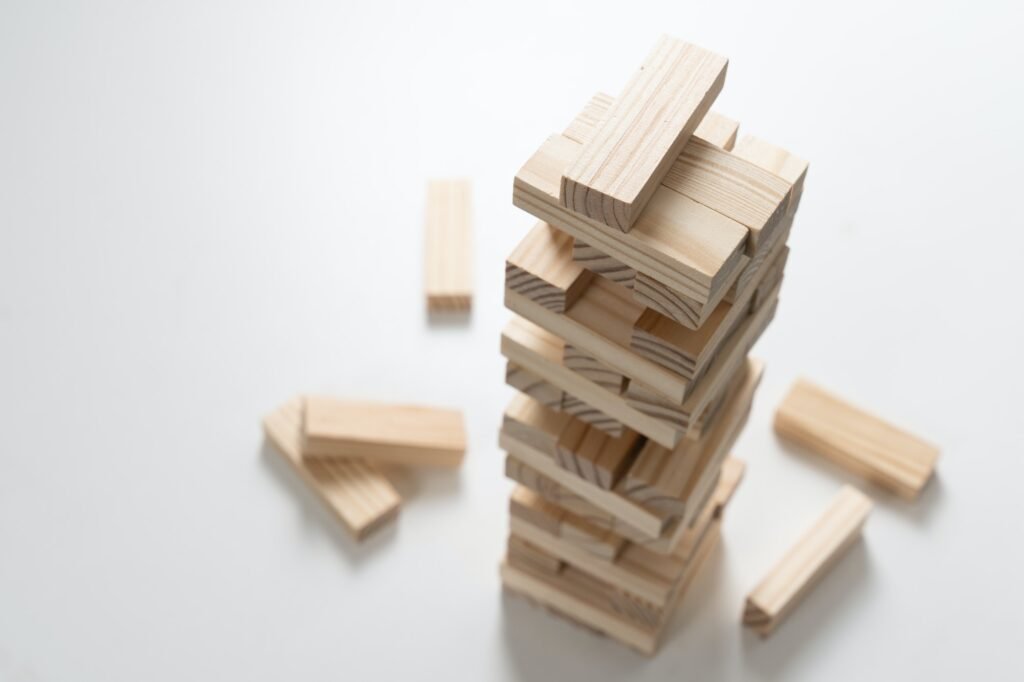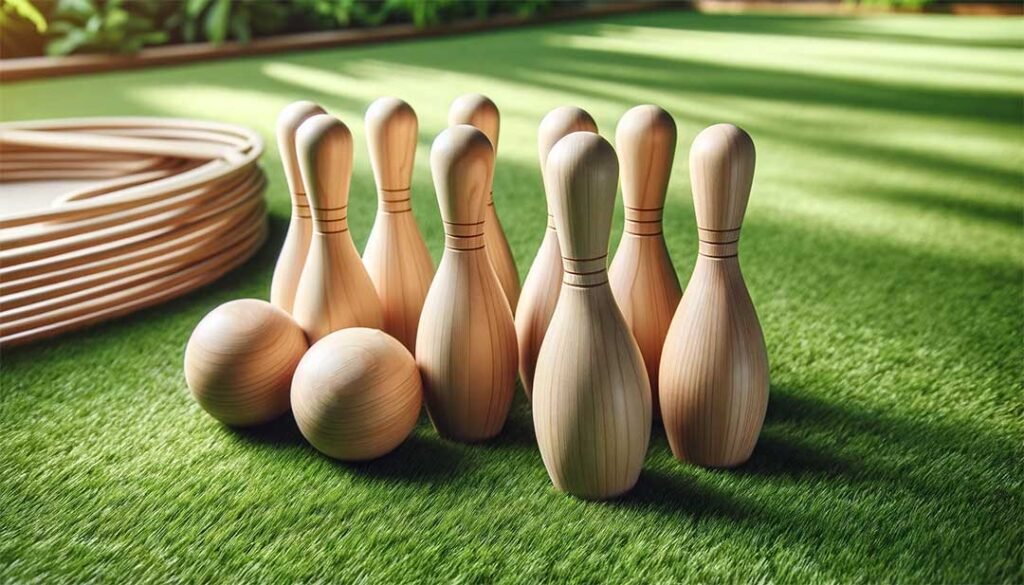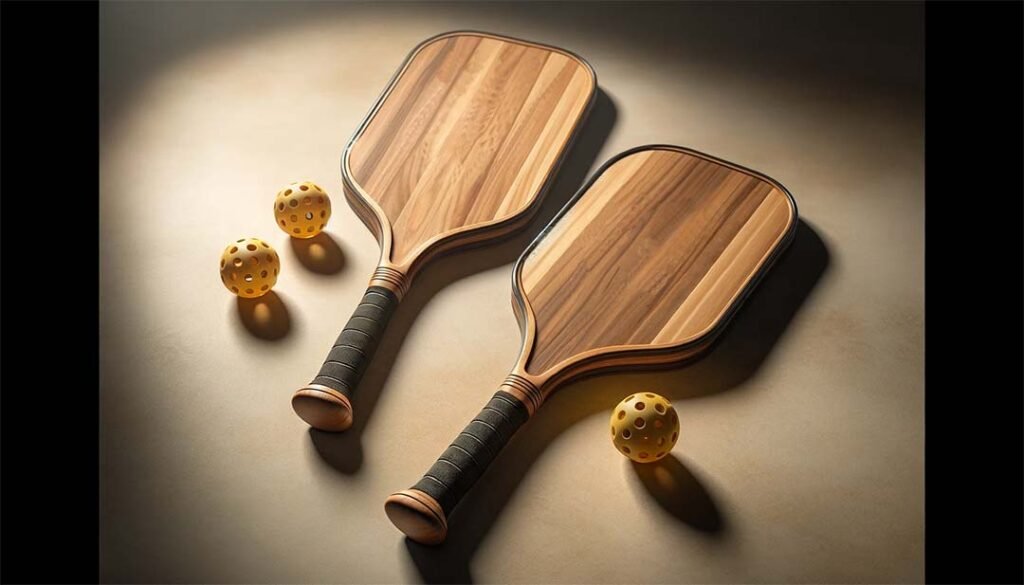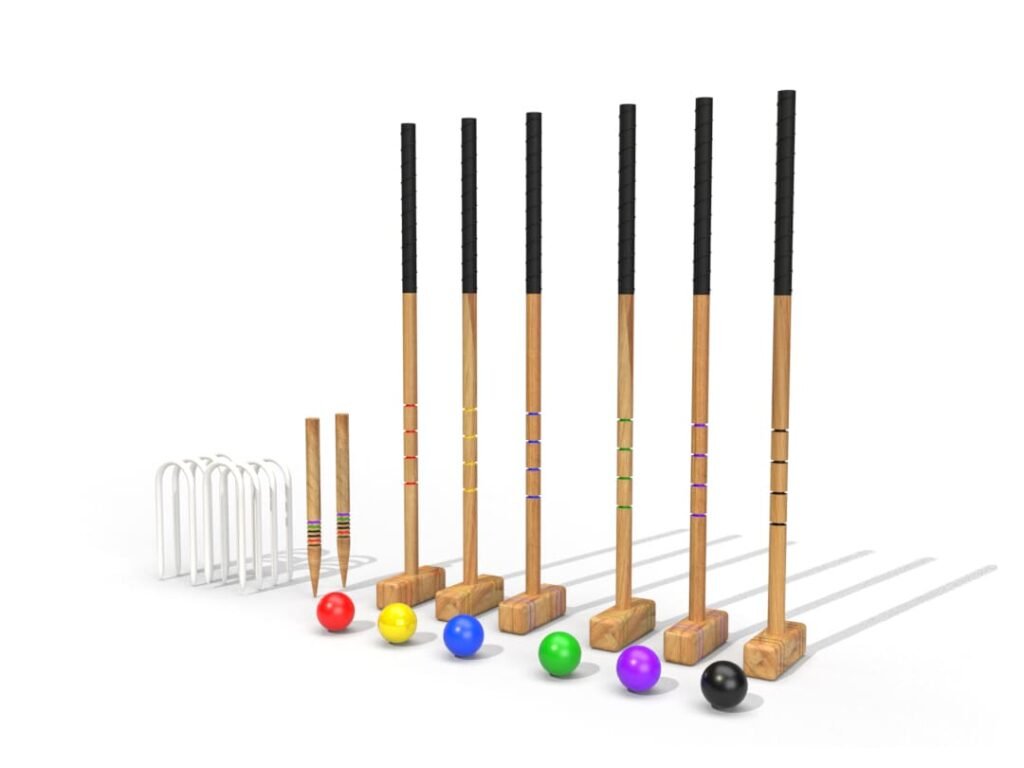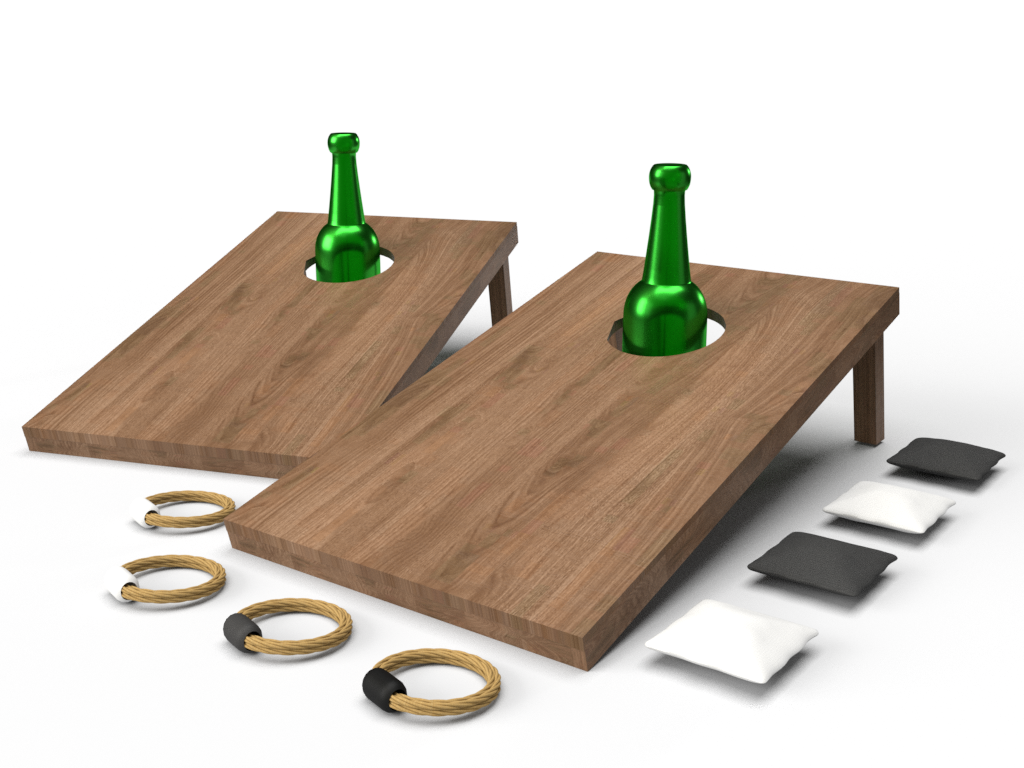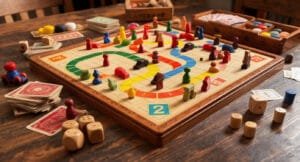Ever found yourself scratching your head at the bocce court, trying to pick the best bocce ball? You’re not alone. The dilemma of choosing between wooden, plastic, and iron bocce balls can throw even the savviest players for a loop. It’s like picking a favorite child, impossible and fraught with what-ifs.
So, what’s the skinny on these spherical contenders? At their core, wooden, plastic, and iron bocce balls offer different vibes and gameplays. Wood brings the tradition and a satisfying thud upon release. Plastic is all about that weatherproof, versatile play, and iron. Well, it’s the heavyweight champ, bringing a whole new level of strategy and arm strength to the game.
The Throwdown: Wood vs. Plastic vs. Iron
Jumping into the ring, we’ve got three fighters, each with its own style and swagger. Let’s break it down, shall we?

The Classic Touch: Wooden Bocce Balls
The Weight of Tradition
There’s something about wood that just feels right. It’s the OG of bocce balls, offering a hefty throw that feels like shaking hands with history. But don’t let its old-school charm fool you; this baby requires finesse and a steady hand.
The Environmental Pitch
Wooden bocce balls are the choice for the eco-conscious player. They’re like the green smoothie of bocce balls – good for you and the planet. But, they can be a bit high maintenance, needing a bit of TLC to keep them from splitting or warping.
The Modern Twist: Plastic Bocce Balls
Light and Bright
Plastic balls are the new kids on the block, lighter and often more colorful than their wooden counterparts. They’re like the smartphones of bocce balls – sleek, durable, and ready for whatever Mother Nature throws their way.
Weather or Not
Rain or shine, plastic bocce balls are game. Their weather-resistant superpower means you can play through a monsoon and not blink an eye. Plus, they’re easy to clean, which is a win in my book.
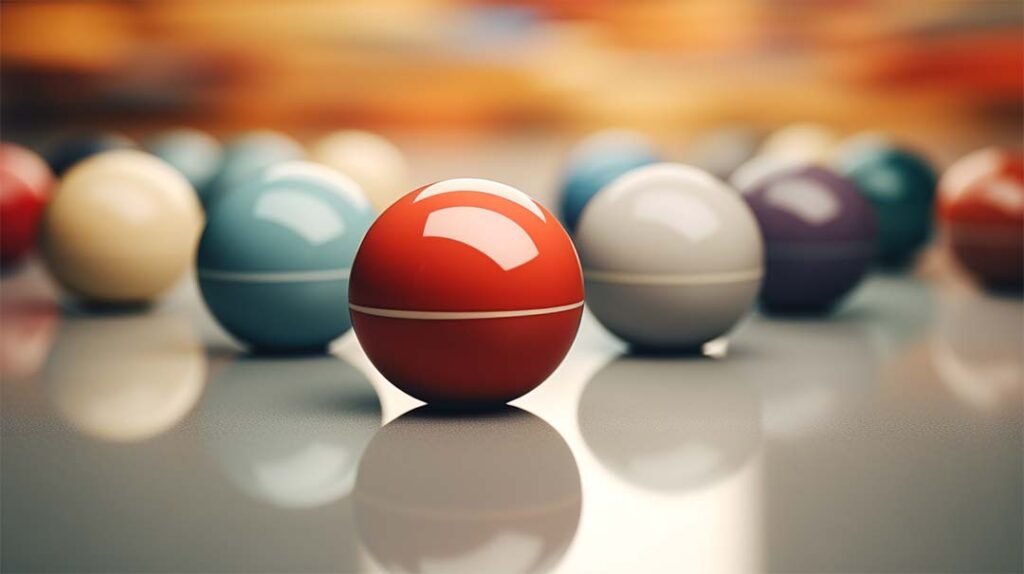
The Heavy Hitters: Iron Bocce Balls
Feeling the Weight
Iron bocce balls are the heavyweights, literally. Playing with iron is like bringing a tank to a knife fight—it’s all about power and momentum. These balls demand respect and a bit of muscle, making every throw a workout.
Rust Never Sleeps
The Achilles’ heel of iron bocce balls? Rust. They require a bit more care to prevent them from turning into a science project on oxidation. But for those who love the heft and challenge, a little maintenance is a small price to pay.
Gameplay Impact: Material Matters
The choice of ball material doesn’t just affect how you play the game; it’s about the soul of the game itself. Each material brings its flair to the court, from the tactile pleasure of wood to the durability of plastic and the gravitas of iron.
Precision and Skill
Wood demands precision, iron tests your strength, and plastic offers a balance of versatility. Choosing your material is like choosing your battle strategy—each has its place, depending on the terrain and your personal style.
The Terrain Game
Speaking of terrain, not all courts are created equal. Wood reigns supreme on traditional surfaces, offering a predictable roll and classic gameplay. Plastic is the all-terrain vehicle of bocce balls, ready for anything from sand to grass. Iron, with its heft, plows through uneven surfaces, making it a force to be reckoned with on challenging courts.
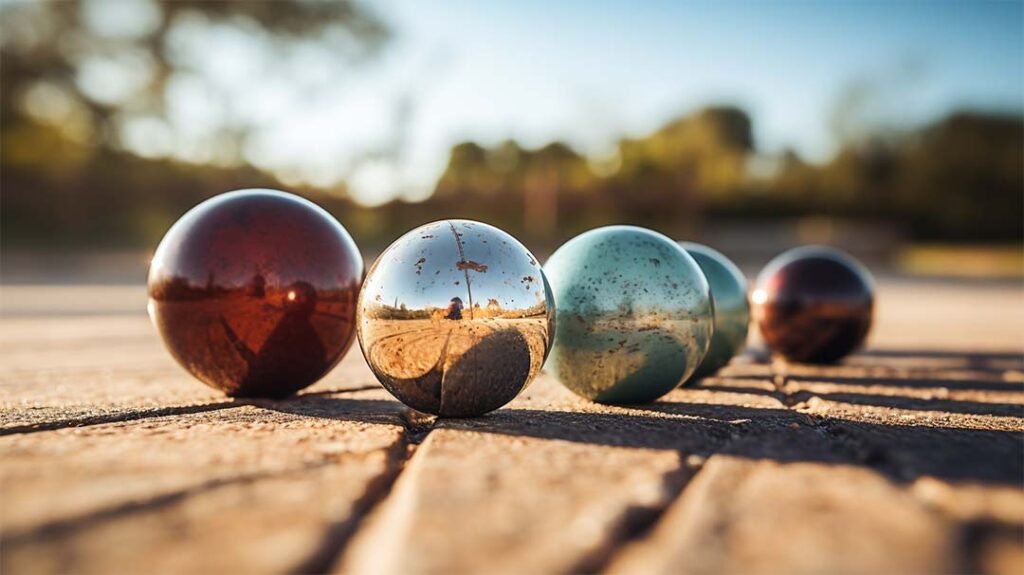
Making the Choice: Which Ball is Right for You?
So, you’re standing there, in the aisle or online, wondering which bocce ball to bring home. It’s not just about the material; it’s about what speaks to you.
Consider Your Play Style
Are you a strategist, relying on precision and skill? Wood might be your best bet. Or maybe you’re an all-weather player who doesn’t let a little rain stop the fun—plastic is calling your name. And if you’re all about the power, ready to dominate the court, iron is your weapon of choice.
The Venue Matters
Where you play is just as important as how you play. Backyard enthusiasts might lean towards plastic for its durability, while purists playing on dedicated courts might prefer the authenticity of wood or the challenge of iron.
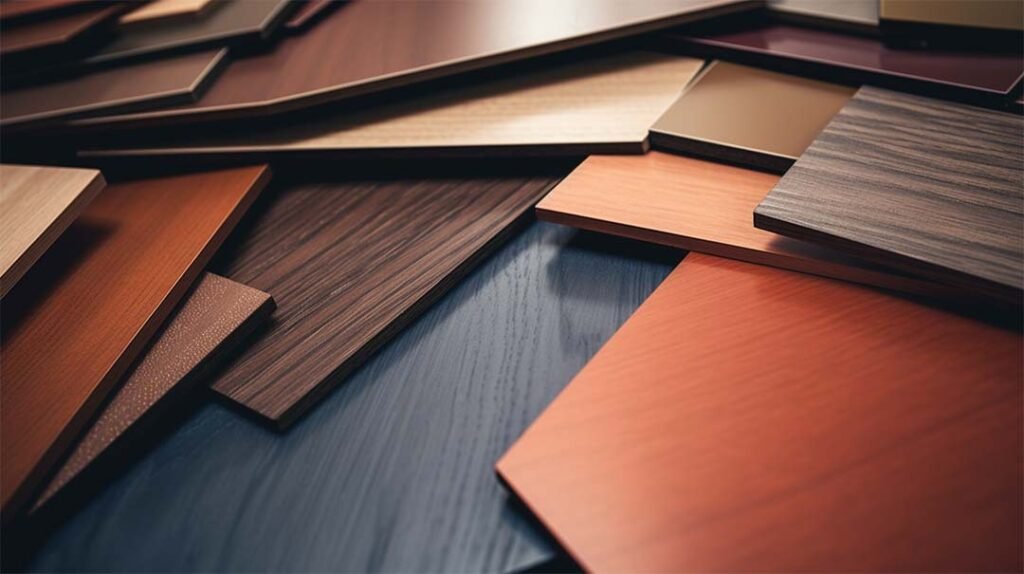
Conclusion
Choosing between wooden, plastic, and iron bocce balls is more than a matter of preference—it reflects your play style, venue, and what you value in the game. Whether you’re a traditionalist, a pragmatist, or a powerhouse, there’s a bocce ball out there that’s perfect for you. So, grab your ball of choice, and let’s roll!
FAQs
- Can I use different types of bocce balls together in a game?
- Technically, yes, but for a fair and balanced game, it’s best to stick with one material type.
- How do I care for my bocce balls?
- Wood needs oiling and protection from moisture, plastic is pretty low maintenance, just keep it clean, and iron requires drying and sometimes oiling to prevent rust.
- Does the weight of the bocce ball affect gameplay?
- Absolutely. Heavier balls (like iron) can push others out of the way more easily, while lighter balls (like plastic) offer more control and finesse.
- Is there an ideal bocce ball material for beginners?
- Plastic is often recommended for beginners due to its durability, ease of handling, and versatility across different playing surfaces.
- Can the material of a bocce ball affect my strategy?
- Yes, the choice of material can significantly impact your strategy, from the force needed for a throw to how the ball interacts with the terrain.
Now, roll out there and make your mark on the bocce courts with confidence, armed with the perfect ball for your game. Happy throwing!

